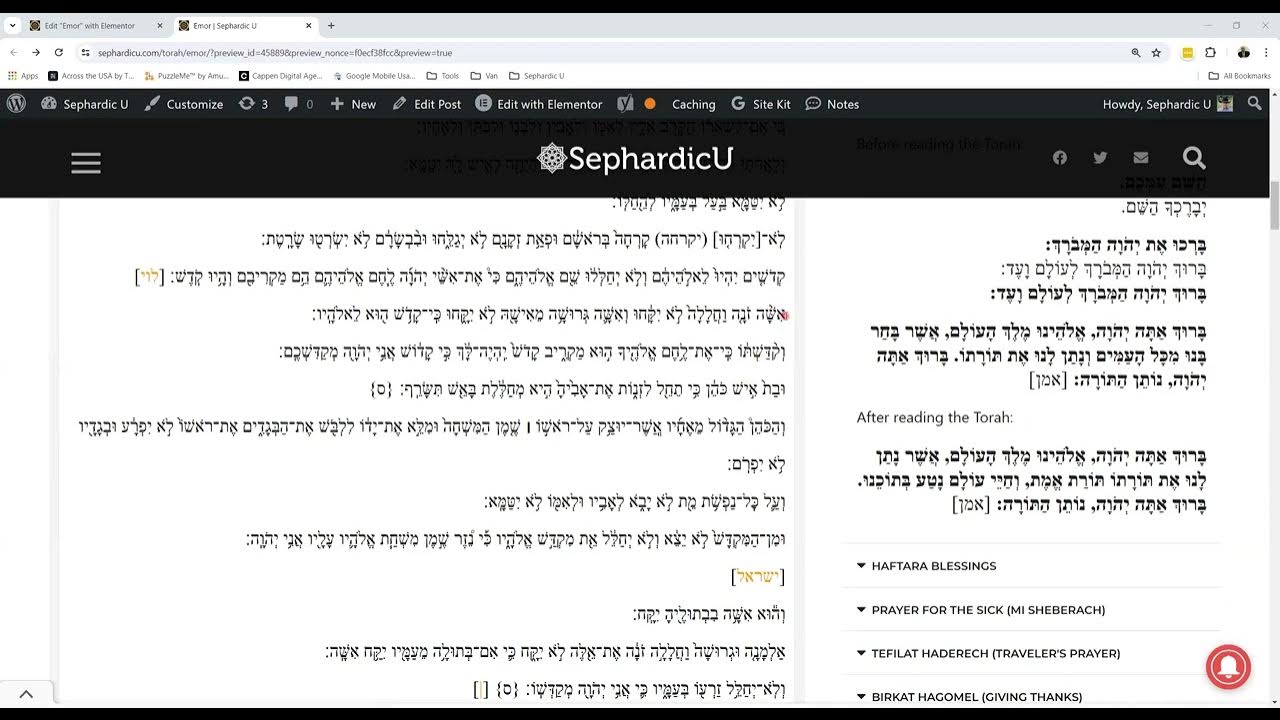Understanding one’s heritage is like embarking on a journey through time, a journey that not only unravels the stories of the past but also weaves a connection between generations. For Sephardic Jews, this journey takes on a unique and profound significance, as they delve into the rich tapestry of their ancestral roots. Tracing Sephardic genealogy goes beyond constructing a family tree; it’s about rekindling a connection to a history that spans continents, cultures, and centuries.
The Broader Significance of Tracing Sephardic Roots
The decision to trace one’s genealogy is often driven by a myriad of reasons. For Sephardic Jews, this endeavor takes on particular importance due to their dispersed history and the diversity of their heritage. The Sephardic experience is characterized by a diaspora that spans from the Iberian Peninsula to regions across the globe, including North Africa, the Middle East, the Ottoman Empire, and the Americas. This dispersion led to the fusion of Sephardic traditions with local cultures, languages, and customs, resulting in a multifaceted identity that carries echoes of various corners of the world.
Personal and Cultural Significance
At the heart of tracing Sephardic genealogy is the desire to understand one’s personal and cultural history. Unearthing the stories of ancestors who weathered challenges, celebrated triumphs, and contributed to the development of Sephardic communities across time and space provides a profound sense of connection. It’s a journey that allows individuals to stand in the footsteps of those who came before them, to witness their struggles and achievements, and to honor their legacy.
Tracing ancestral roots holds a mirror to personal identity, revealing the threads that weave together the tapestry of one’s existence. The discovery of familial stories, once tucked away in the annals of history, can evoke a sense of pride and belonging. The names and places that emerge from historical records become more than just data; they become vessels through which the essence of ancestors is carried forward.
Fostering Belonging and Continuity
In an ever-changing world, the act of tracing genealogy fosters a sense of belonging and continuity. As Sephardic Jews engage in this exploration, they become part of a broader narrative that transcends time and space. It’s a narrative that connects them not only to their immediate family but also to a global community of Sephardic descendants who share a common heritage.
The process of uncovering family history often reveals the interwoven connections between different generations. Patterns of migration, intermarriage, and shared values emerge, highlighting the ties that have endured through the passage of time. This sense of continuity provides a strong foundation upon which to build a bridge between the past and the future.
Preserving a Living Legacy
The act of tracing Sephardic genealogy is, in essence, an act of preserving a living legacy. As individuals document their family stories, they contribute to the collective memory of Sephardic Jews worldwide. The narratives they uncover, the photos they discover, and the connections they make serve as a testament to the resilience and richness of Sephardic history.
Moreover, genealogical research empowers individuals to pass on this legacy to future generations. By understanding and sharing the stories of their ancestors, they create a bridge between the past and the future. The preservation of family history is an investment in the cultural heritage of Sephardic Jews, ensuring that the experiences, values, and traditions of their forebearers continue to shine brightly for years to come.
Conclusion
Tracing Sephardic genealogy is a journey that transcends time and generations, inviting individuals to become part of an intricate tapestry woven with stories of courage, resilience, and triumph. As Sephardic Jews delve into the past, they connect with the essence of their heritage, celebrating the diversity and unity that define their identity.
The act of tracing genealogy is an act of reverence for ancestors, a quest to honor their experiences and preserve their legacy. It is also an opportunity to cultivate a deeper connection to the broader Sephardic community, a connection that bridges geographical distances and carries the torch of tradition from one generation to the next.
By engaging in the exploration of their roots, Sephardic Jews breathe life into history and ensure that the voices of their ancestors continue to resonate in the present and guide the future. Through this profound journey of genealogical discovery, they reaffirm the strength of their identity, the richness of their heritage, and the enduring spirit that unites Sephardic communities around the world.








Parashat Behar – Weekday Torah Reading (Moroccan TeAmim)